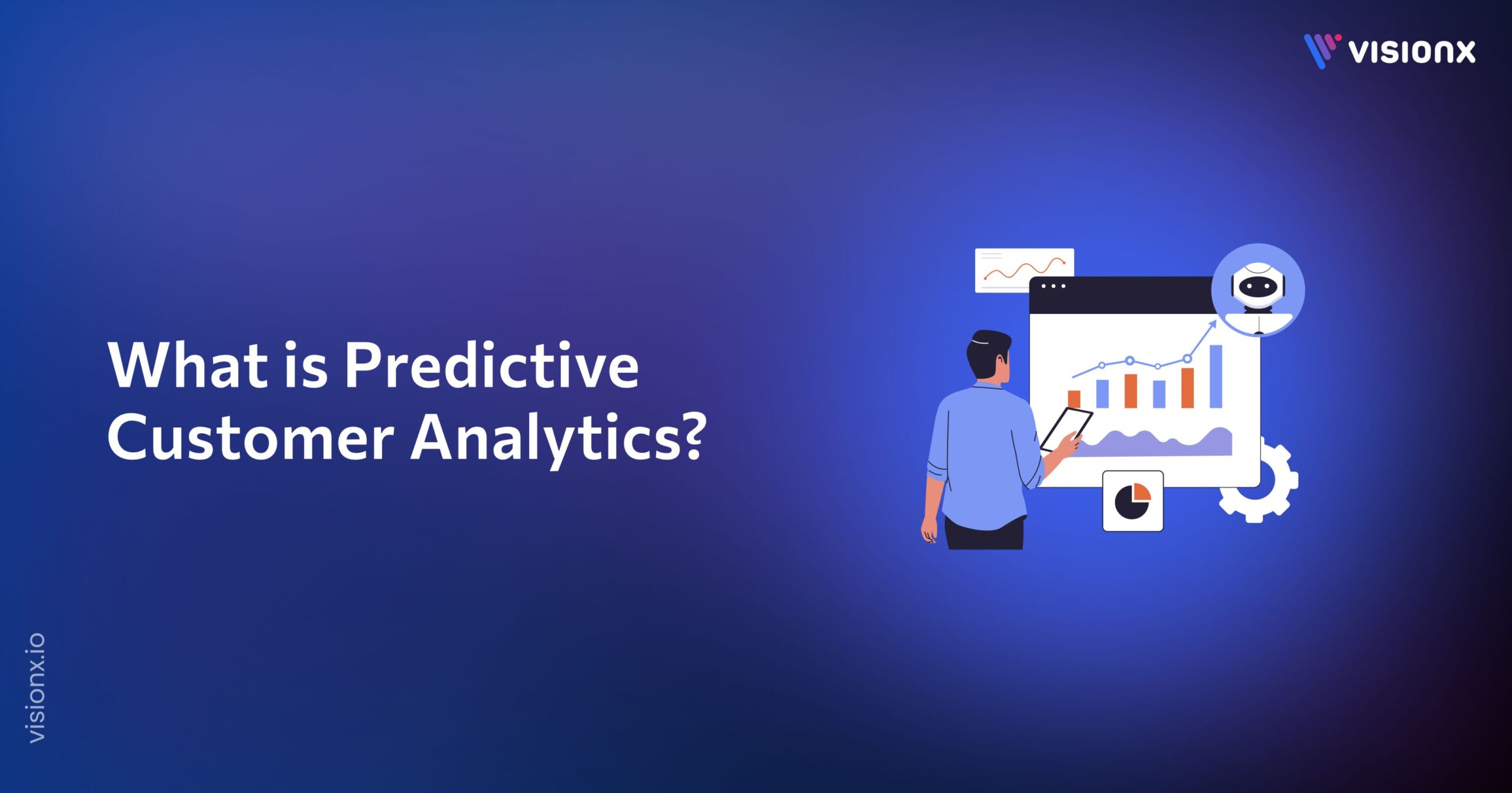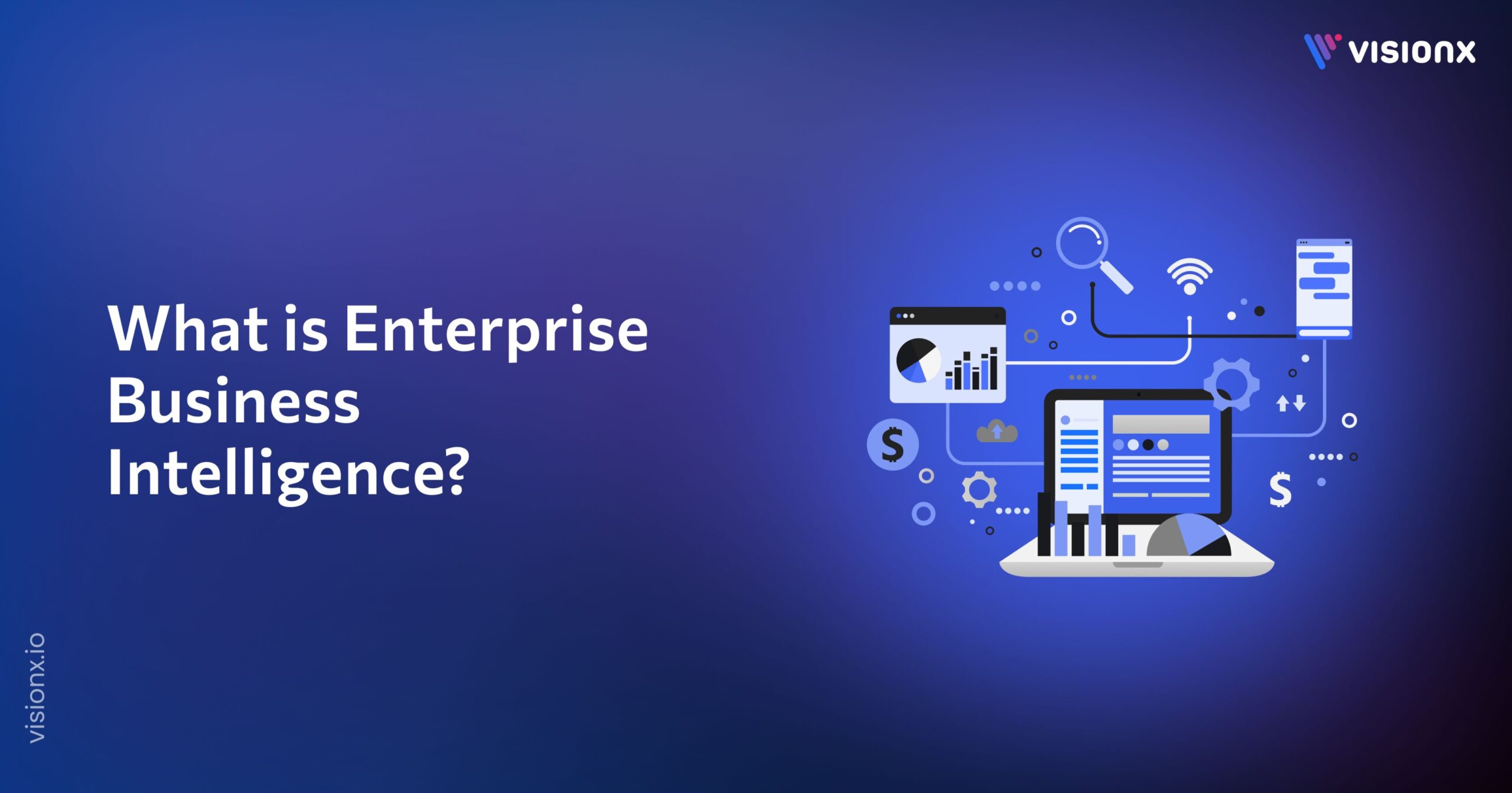Envision explaining a process to a toddler in a way that they would understand how to recognize objects or animals. For instance, you could show several pictures of cats and dogs along with some descriptive information about them. Gradually, the child would recognize and name the animals or birds from new photographs. It is this process that machine learning adapts – learning by examples.
This blog will concentrate on the idea of machine learning and work through its sections to include all its types and how it is utilized in day-to-day living.
You’ll probably have a pretty clear idea of what machine learning is and how it influences everything from the recommendations you get on your streaming platforms to the voice assistants at home. Let’s dive in and unravel the exciting world of machine learning!
What is Machine Learning (ML)?
Machine learning is an AI subcategory that enables the computer to learn and predict or even make decisions without any particular coding. This trains algorithms on large datasets using immense amounts of data to identify patterns in the data and continue to get better and better over time.
Machine learning tools adapt and enhance their capacities with time through the process of data analysis and optimization towards working in anything from health care and finance to retail and transportation, and involve natural language processing. Through this technology, organizations are able to drive efficiency and develop intelligent solutions that are unique to their needs.
Critical Types of Machine Learning
There are three critical types of machine learning;
1. Supervised Learning:
This approach involves an algorithm trained with labeled data; therefore, it learns from examples with known outcomes. For instance, supervised learning models are trained on pictures of cats and dogs, and so labeled to enable them to classify new images.
2. Unsupervised Learning:
Here, the algorithm is given data without labels. It has to deduce patterns or clustering on its own. For instance, it might analyze customer data and find out different segments based on purchasing behavior.
3. Reinforcement Learning:
In this type, an algorithm is trained to make sequences of decisions by rewarding right actions and penalizing wrong actions. An analogy for this would be teaching a dog tricks: rewards reinforce good behavior.
What Is the Difference Between AI and ML?
Whereas related, machine learning and artificial intelligence are not synonyms. Artificial Intelligence represents a superordinate field that encompasses any method that allows computers to mimic human intelligence and further expands the solutions achieved through reasoning, problem-solving, and learning.
Machine learning is a more particular subset of AI, wherein the emphasis lies on learning from data. In simple words, all machine learning is AI, but not vice versa. Traditional rule-based systems that work according to predefined rules qualify as AI but do not use machine learning.
How does Machine Learning work?
Machine learning technology trains algorithms, making them identify certain patterns in the data, which are later used in making predictions or decisions regarding new information. In the induction phase, huge amounts of data are provided to a machine model, thus adding to the model’s expertise as it recognizes patterns and connections in the data.
Where the training data is given to the model, it modifies its parameters in such a manner that will decrease the errors and increase its accuracy on output. This model can take what it had been previously taught and apply it to a dataset that the model has never seen.
For example, let’s take email spam detection. In this case, the ‘spam’ model is first taught using specific examples of emails, which are both spam and non-spam and then the learning of the model occurs. It builds a model that can understand certain features such as words or who the email is from, and gradually, it can filter all these emails by itself without any additional instructions to program criteria.
Key Steps in Machine Learning
- Data Collection: Seek out the appropriate information that will be utilized to train the model.
- Data Preprocessing: Data processing involves cleansing the information, removing redundancies, working on absent particulars, and standardizing data.
- Model Training: Use the processed data to train the machine learning model, allowing it to learn patterns.
- Testing and Evaluation: During the testing period, new data will be evaluated to verify the correctness of the model.
Is ChatGPT AI or Machine Learning?
ChatGPT is both AI and machine learning. Its function relies upon natural language processing, a subset of AI, to read and write text in an almost human-like fashion. At its core, it is based on a technique called a large language model, a variant of machine learning.
This model has been trained on large amounts of text from books, websites, and other written forms. This analysis of the data enables ChatGPT to predict and generate coherent responses within the context provided. This amalgamation of AI and machine learning would further encourage participation in meaningful conversations with relevant information.
Applications of Machine Learning
Machine learning has pervasively gone into so many extents of life. Here are some examples that are found in real-life situations;
Personalized Recommendations:
Netflix, Amazon, and many more platforms use machine learning to analyze user behavior and thus suggest content or products that might be of individual preferences.
Spam Filtering:
Email services have learned the art of spam message identification by analyzing patterns in emails with the help of machine-learning algorithms and categorizing them accordingly.
Voice Assistants:
Machines like Siri and Alexa are in use. Machine learning will be used to understand voice commands and build responses over time.
Emerging Uses
Healthcare, Finance, and other industries are increasingly relying on machine learning to offer better services and outcomes. For example, machine learning may make disease diagnosis more precise or optimize stock trading strategies.
Benefits and Limitations of Machine Learning
Benefits:
- Automating Routine Work: Machine learning automates routine activities so that human resources will be available for more complex work.
- Improved Decision Making: Machine learning, particularly in the analysis of big data, enhances business understanding and thus enables businesses to make more informed decisions.
- Enhanced Service Delivery: With machine learning, businesses can provide offers that suit different customers, making the experience more enjoyable for users.
Limitations:
- Massive Amount of Data Required: For a learning machine to be efficient, it requires a tremendous amount of data. This may not always be easily available.
- Risk of Models Being Biased: If the training data contains certain biases, the model trained on this data will probably show bias in its result, thus creating an unfair system.
- Expensive Development and Maintenance: Building and maintaining a machine learning system may become too expensive, requiring major expertise and other resources.
The Future of Machine Learning: Key Trends
The following are six major developments that are influencing machine learning advancement today;
AutoML:
AutoML automatically prepares the data, determines the model, and then tunes hyperparameters to make machine learning easier, thereby making ML more accessible to an audience that is not an expert and reducing the timeframe taken to develop.
Integration with Quantum Computing:
The speed of processing can be guaranteed with quantum computing combined with ML while offering the possibility of solving very difficult problems in a much more efficient way.
Explainable AI (XAI):
Increasing complexity using ML models leads to a need for increasing transparency. XAI focuses on interpretable ML, which is important to know how decisions are made in reality. This is a consideration regarding trust and regulatory compliance.
Federated Learning:
Training of models in federated learning is done on distributed systems where the data does not leave the device, thus enhancing privacy. This is a growing concern, especially for the healthcare and financial verticals where data is sensitive by nature.
Edge Computing and ML:
Edge computing brings machine learning models closer to the source of the data, such as IoT devices, reducing latency and improving real-time capabilities to make decisions. This trend is key to applications such as autonomous vehicles and smart cities.
AI and ML Ethics:
With the increased adoption of AI systems, ethical issues pertaining to fairness, biases, and privacy have encouraged initiatives seeking to develop responsible AI. Ethically, Al focuses on ensuring fairness in the development and deployment of algorithms.
How does machine learning from VisionX help?
At VisionX, machine learning backs every improvement in your IT Service Management (ITSM) experience. The platform provides predictive analytics and real-time monitoring, which enables you to measure trends and iron out issues before they arise. Thanks to advanced analytical systems and adjustable dashboards, you will always receive data analysis results that suit you, which allows concentration on the most crucial figures.
This approach enhances the quality and speed of service provision and instills a healthy, focused use of information within the organization. Let VisionX change the course of managing your IT Services for better effectiveness and achievement.


